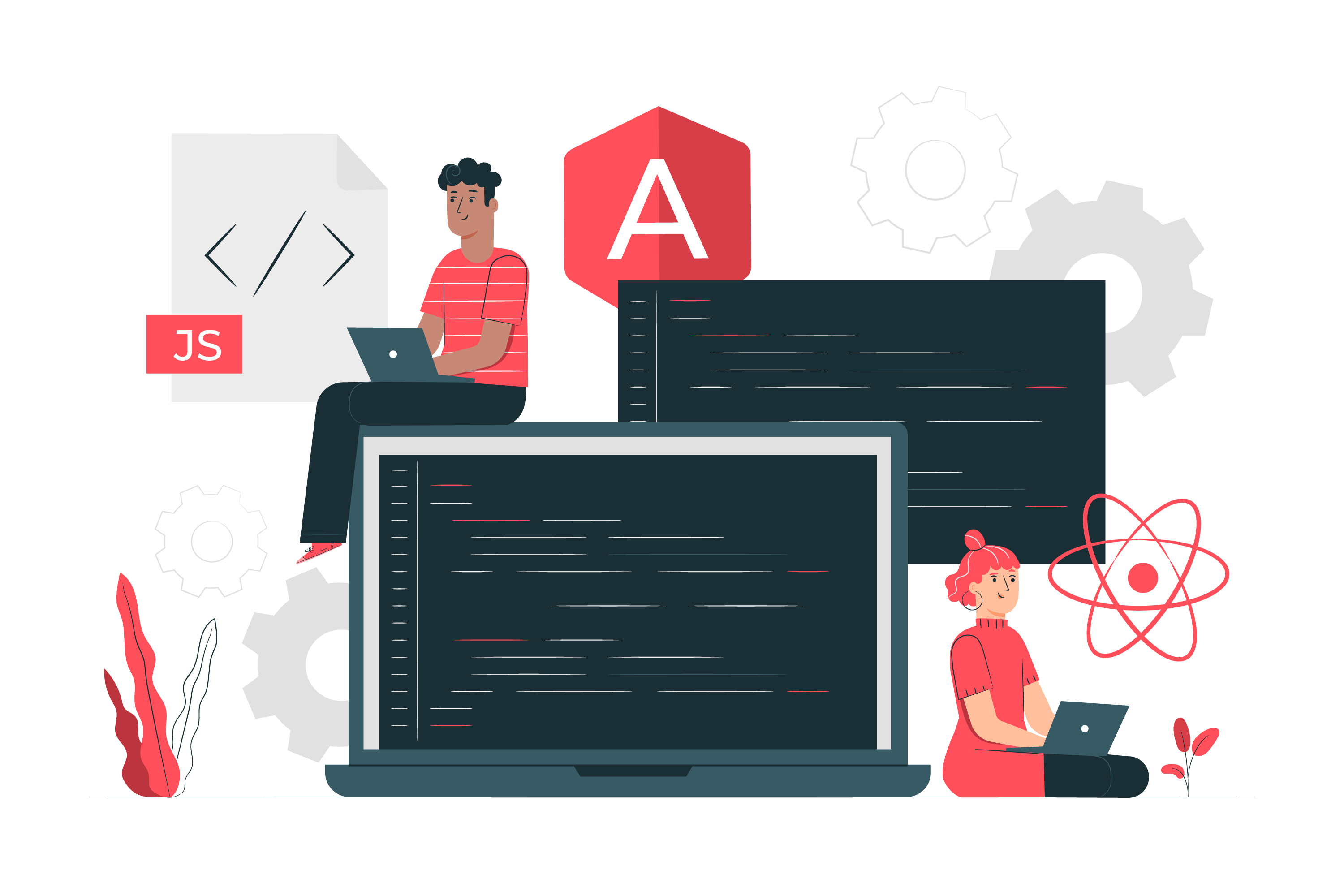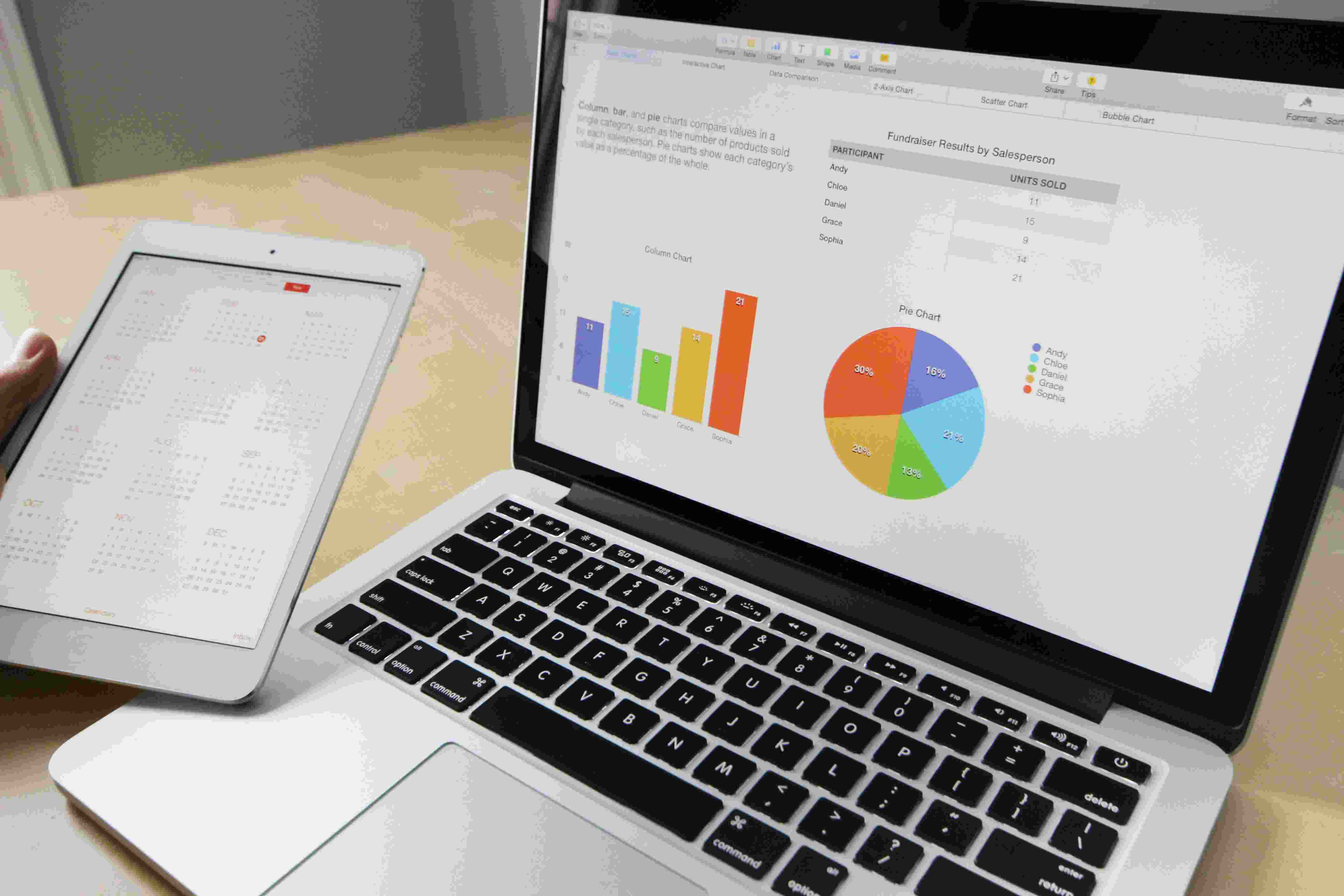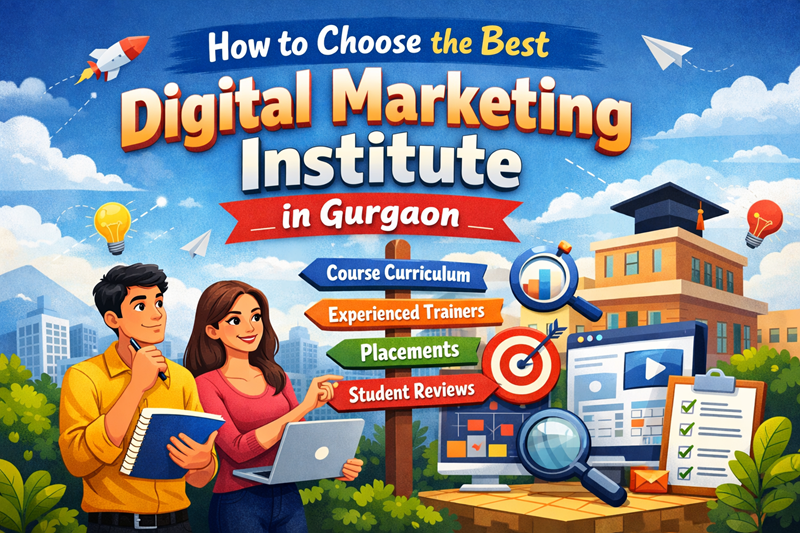Angular Frontend Development
Learn all the Advanced Features of the Angular Core and Common modules.
Created By Lina Brist
Students Enrolled
5000+
Trainers
500+
Courses
400+

Learn all the Advanced Features of the Angular Core and Common modules.
Created By Lina Brist
Students Enrolled
5000+
Trainers
500+
Courses
400+

Overview:
Explore Angular Frontend Development on Prayug.com—a comprehensive journey to master web application creation. This course consists of 18 modules, ranging from understanding Angular components to advanced topics like observables and form optimization. Whether you're new to Angular or an experienced developer, you'll gain the skills needed to create dynamic, responsive web applications. Join us and bring your web development ideas to life with Angular.
What Will You Acquire?
Upon completing the Angular Frontend Development course, you will acquire the skills and knowledge needed to build dynamic web applications using Angular. You'll gain expertise in component-based development, UI design with Angular Material, data management, form creation, API integration, and much more. With practical project experience and optional advanced topics, you'll be well-prepared for a successful career in frontend development.
Who Can Learn
This Angular Frontend Development course is suitable for beginners, web developers, programmers, students, career changers, entrepreneurs, IT professionals, and anyone passionate about web development. Whether you're new to Angular or looking to enhance your skills, this course will equip you to build modern, interactive web applications using Angular. Join us to start your journey in frontend development!
Comprehensive Curriculum:
Our guide covers a range of essential topics, including:
Module 1: Module Introduction
Get acquainted with the course and understand what you'll be building throughout the program.
Module 2: Understanding the Folder Structure
Dive into Angular's project structure, exploring how files and folders are organized for efficient development.
Module 3: Understanding Angular Components
Learn the core concept of Angular components and their role in web application development.
Module 4: Adding our First Component
Begin hands-on coding by creating your first Angular component.
Module 5: Listening to Events
Explore event handling in Angular and make your application interactive.
Module 6: Outputting Content
Discover how to dynamically display content within your components.
Module 7: Getting User Input
Learn to capture and process user input in your application.
Module 8: Installing Angular Material
Enhance your application's user interface with Angular Material.
Module 9: Adding a Toolbar
Create a stylish toolbar for your blog application using Angular Material components.
Module 10: Outputting Posts
Fetch and display blog posts to build the core functionality of your application.
Module 11: Diving Into Structural Directives
Delve into structural directives to manipulate the layout and content of your application.
Module 12: Creating Posts with Property & Event Binding
Explore property and event binding to make your application's content dynamic and interactive.
Module 13: Creating a Post Model
Establish a data model to structure and organize your blog posts.
Module 14: Adding Forms
Implement forms for creating and editing blog posts within your application.
Module 15: Getting Posts from Post-Create to Post-List
Learn how to transfer data between different components in your Angular application.
Module 16: Calling GET Post
Retrieve posts from a backend server using HTTP requests and Angular's HttpClient.
Module 17: More About Observables
Gain a deeper understanding of observables and asynchronous operations in Angular.
Module 18: Working on our Form
Refine and optimize your application's forms for a seamless user experience.
By the end of this course, you will have built a fully functional blog application, honing your skills in Angular development and equipping yourself with the knowledge to create dynamic web applications. Join us and turn your ideas into interactive, feature-rich web projects.
Course Content
The Angular Frontend - Understanding the Basic
Post a Comment





